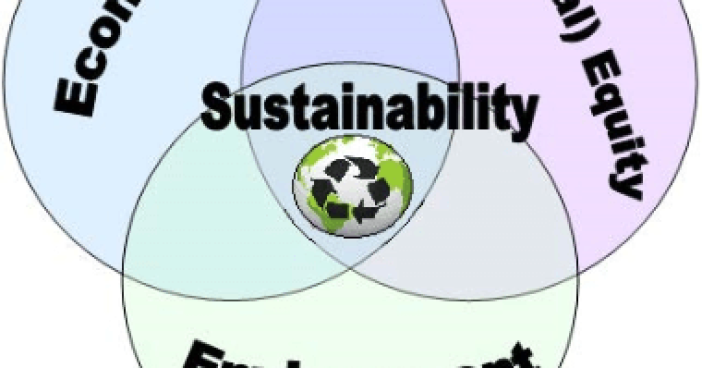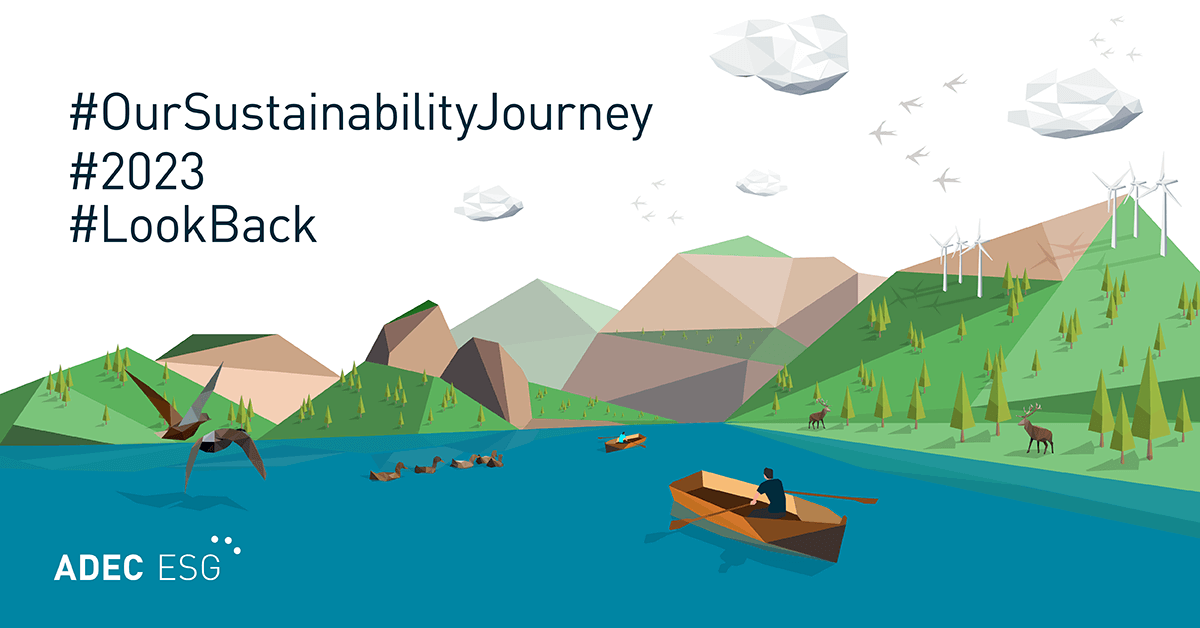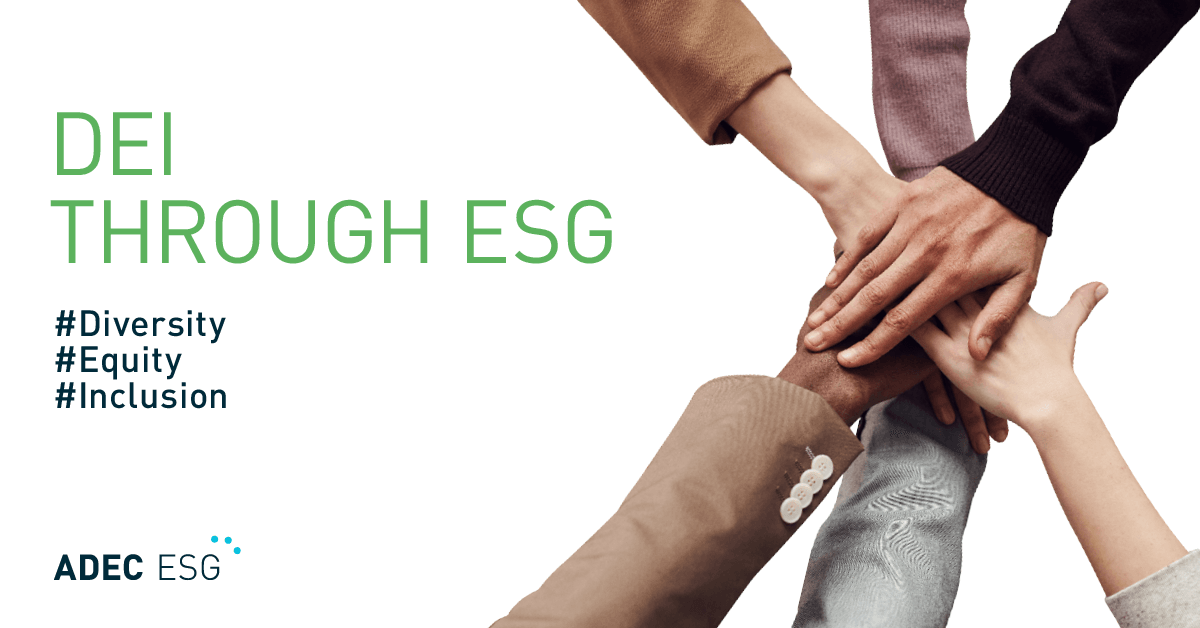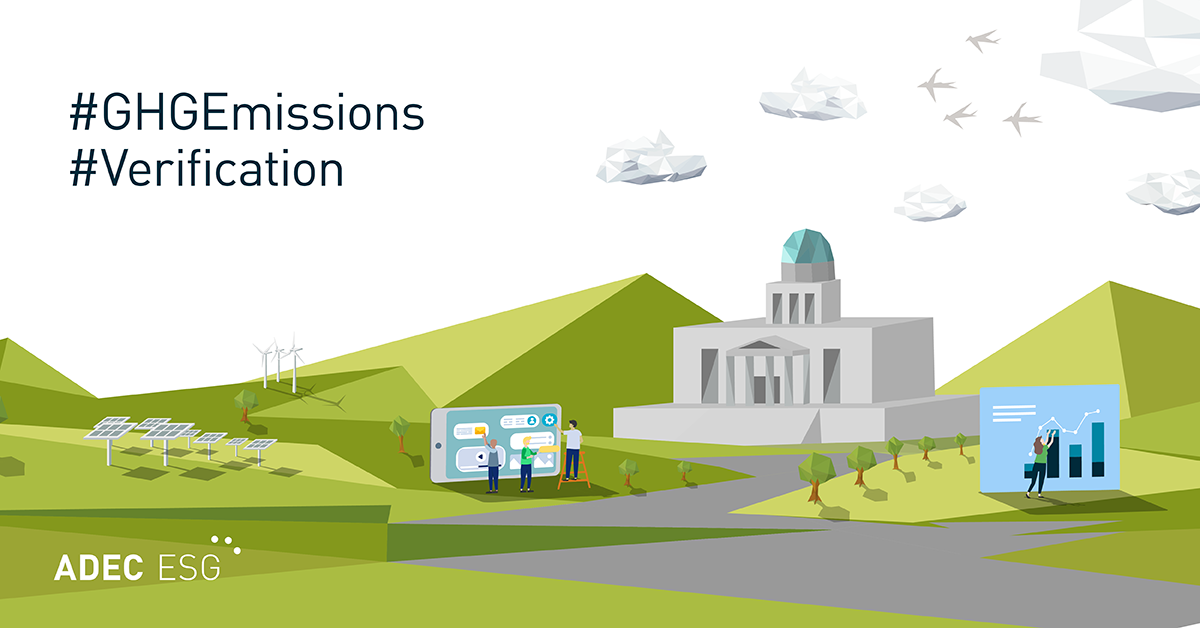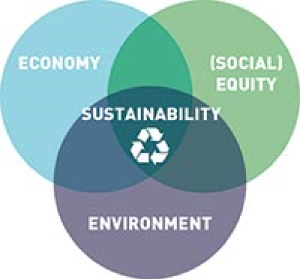 As environmental consulting experts at FirstCarbon Solutions (FCS), we are often tasked with balancing the sometimes competing, yet always important, elements that comprise the “triple bottom line” – economy, (social) equity, and environment. Also referred to as the “three E’s” or the “three pillars”; the triple bottom line can serve as sustainability metrics, measuring the overall success or failure of sustainability efforts. Ultimately, the triple bottom line is the goal of sustainability – as before genuine sustainability can be achieved, the pillars of economy, equity, and environment must be equally represented.
As environmental consulting experts at FirstCarbon Solutions (FCS), we are often tasked with balancing the sometimes competing, yet always important, elements that comprise the “triple bottom line” – economy, (social) equity, and environment. Also referred to as the “three E’s” or the “three pillars”; the triple bottom line can serve as sustainability metrics, measuring the overall success or failure of sustainability efforts. Ultimately, the triple bottom line is the goal of sustainability – as before genuine sustainability can be achieved, the pillars of economy, equity, and environment must be equally represented.
For a basic understanding of this concept, consider a mixed residential/commercial building development that has increasingly become commonplace in many metropolitan settings. Assuming that the development has been designed, constructed, and operated with the goal of sustainability, then balance of economy, equity, and environment would be necessary for this goal to be achieved. During construction of this development project, the use of local, sustainably sourced building materials and energy efficient fixtures and appliances would have obvious environmental benefits.
But looking a little deeper, one could conclude that using these sustainability elements would also have equity and economic benefits. Incorporating these elements during the design and construction phases would provide operational benefits, allowing the building to operate more energy and fiscally efficient, which would carry over to lower rents for both residential and commercial tenants. Combined with locating the development near traditional metropolitan services such as public transit, restaurants, and grocery stores, the lower rents would provide a more-diverse socio-economic demographic featuring a housing option near an area of concentrated employment – providing a social equity benefit.
Additionally, the economic benefits would be enjoyed by both the developer and the local civic jurisdiction – who would not only reap the traditional financial rewards in the form of profits and taxes, but also the financial benefits of operating a more energy-efficient building. Although oversimplified, this example shows that the triple bottom line is obtainable, and can serve as a realistic measure of sustainability.
Prior to the sweeping environmental regulatory reform of the 1960s that lead to the National Environmental Policy Act (NEPA) in 1969 and later the California Environmental Quality Act (CEQA) in 1970, the only pillar of the triple bottom line that was given much consideration was the economy, with equality and environment being nothing but afterthoughts. As NEPA and CEQA strengthened over the subsequent years, however, a more holistic and transparent approach was adopted when assessing the environmental impacts of a particular project, giving voices to both the environment and the public.
With numerous individual stakeholders and decision makers usually attached to a particular project – including the project proponent, the lead agency, the public, and conservation groups – balancing the interests of economy, equity, and environment sometimes seems like an uphill climb. As sustainability consultants, it is our responsibility to walk a fine line, ensuring that everyone involved is satisfied with the outcome while also ensuring that environmental impacts are reduced or eliminated.
Similar to officiating a football game between three teams playing each other simultaneously, balancing the economy, equity, and environment can prove challenging. This is one of many reasons why selecting the right energy management consultants to guide stakeholders through the development process is critical to the ultimate success or failure of sustainability goals.
While pretty much any consultant can explain the difference between life cycle cost and life cycle assessment, or between carbon trading and carbon footprint, an experienced sustainability consultant, such as FCS, can navigate the sometimes treacherous waters of the project development process from start to finish. The ability to recognize that too much focus on any one of the three pillars of the triple bottom line can ultimately compromise sustainability goals fosters a dedication to all stakeholders – whether clients, the public, or the environment.
At FCS, we understand that balancing economy, equity, and environment is a necessary step towards a more sustainable future, and our professionals strive to maintain this balance. We recognize that sometimes-strained relationship, knowing that what is good for one of three pillars is not always good for the other two. Sustainability is a delicate balance that is a challenge to achieve and maintain, but nonetheless, a worthwhile goal that is at the heart of what we do at FCS.
Did you enjoy this post? The author of this article is Collin Ramsey. Learn more here.

